Intra-operative vasopressor usage in free flap reconstruction: should we be worried?
ABSTRACT NUMBER: NESS PRIZE FOR JUNIOR TRAINEES (BELOW ST3)_6
MAIN ABSTRACT TEXT
Introduction
The role of vasopressors has long been a subject of debate in microsurgery. Conventional wisdom dictates the avoidance of vasopressor use, due to concerns that by causing peripheral vasoconstriction, inducing vasospasm of the anastomoses and leading to failure in perfusion. It has since become common practice in some centers to avoid intraoperative vasopressor use during free tissue transfer surgery. Recent studies have suggested that this traditional view may not be supported by clinical evidence. However, none of these studies have separated vasopressor use by method of administration.
Methods
We conducted a retrospective review of our experience of vasopressor use in free flap surgery at a single high-volume center. The outcome measures were flap failure, flap-related complications and overall postoperative complications (reported using the Clavien-Dindo classification). Groups were compared using Chi-squared or Fisher’s Exact test where appropriate.
Results
A total of 777 cases in 717 patients were identified. 59.1% of these had vasopressors administered intraoperatively. The overall failure rate was 2.2%, with 9.8% experiencing flap-related complications. There was no difference in flap loss when vasopressors were administered, but an increased rate of microvascular thrombosis was noted (p=0.003). Continuous administration of vasopressors were associated with reduced venous congestion, whereas intermittent boluses increased risk of microvascular thrombosis.
Conclusion
Our study confirms previous findings that intraoperative vasopressor use in free flap surgery is not associated with increased failure rate. Administering vasopressors continuously may be safer than via repeated boluses.
